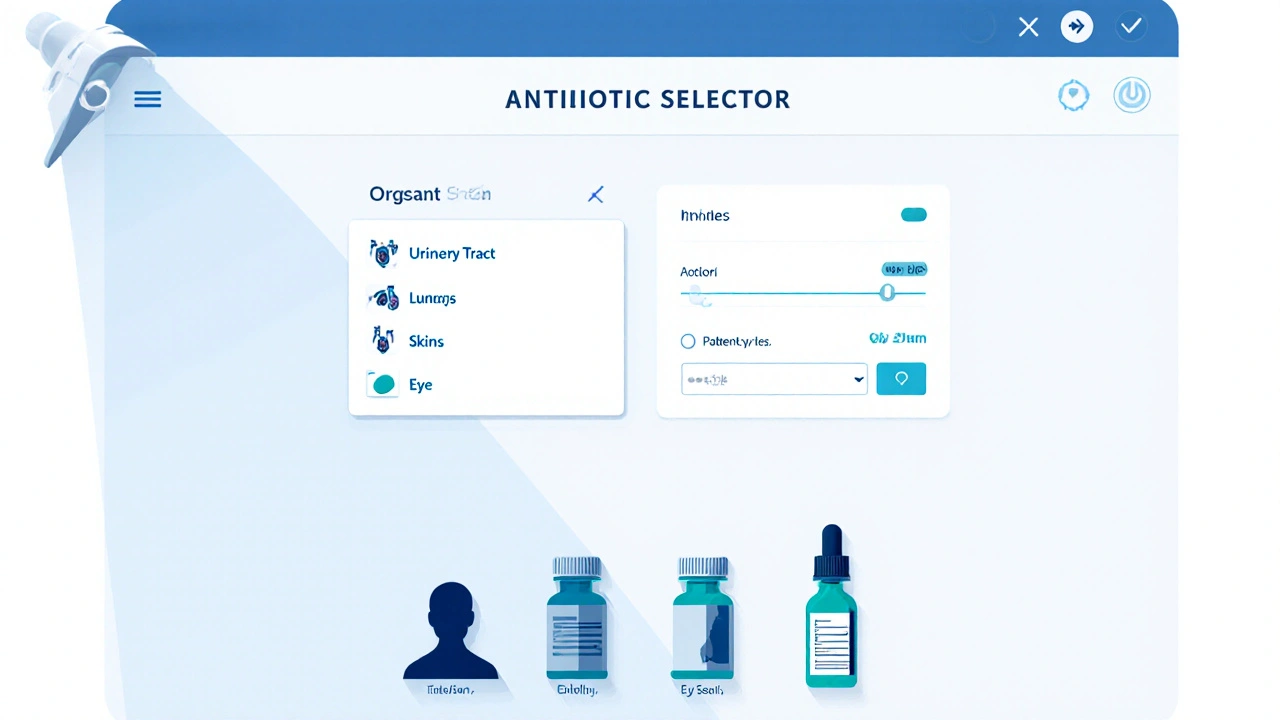Best Antibiotic Options – Your Quick Guide
When searching for best antibiotic options, the most effective and safest medicines for bacterial infections. Also known as optimal antibiotics, this topic covers a range of drug classes, dosing forms, and safety considerations. Understanding the landscape helps you avoid misuse and get faster relief.
Antibiotics work by targeting specific bacterial processes. A bacterial infection is any disease caused by harmful bacteria invading the body, and the right drug stops the bugs from multiplying. The choice of an antibiotic depends on the infection’s location, the likely bacteria, and how the patient’s body handles the medication. A broad‑spectrum drug may cover many germs, but a narrow‑spectrum one limits collateral damage to good bacteria.
Key Examples You’ll See Below
One classic broad‑spectrum choice is Chloromycetin a synthetic antibiotic also called chloramphenicol. It’s useful for serious eye infections, meningitis, and certain respiratory bugs. Its main attributes are a wide bacterial reach and a once‑daily dose, but it can cause rare bone‑marrow suppression, so doctors monitor blood counts closely. Knowing when Chloromycetin shines—and when to steer clear—helps you weigh benefits against risks.
For infections where anaerobes or skin‑soft‑tissue bugs dominate, Clindamycin a lincosamide antibiotic that targets gram‑positive and anaerobic organisms is often the go‑to. Its strengths include excellent tissue penetration and a low risk of kidney problems. However, it can trigger Clostridioides difficile colitis, so using it only when needed is crucial. Clindamycin’s dosing flexibility—oral or IV—makes it handy for both outpatient and hospital settings.
Another option that straddles the line between antibiotic and anti‑protozoal is Tinidazole an antimicrobial effective against certain bacteria and parasites. It’s popular for treating bacterial vaginosis and giardiasis. The drug’s key attribute is a short treatment course, usually a single dose, which improves compliance. Yet, it can disturb the gut microbiome, so pairing it with a probiotic may lessen digestive upset.
Choosing the right antibiotic involves more than just picking a name. You need to consider dosage form (tablet, liquid, injection), treatment length, potential drug interactions, and the patient’s age or kidney function. Resistance patterns matter too; an antibiotic that worked a decade ago may no longer be effective in your region. Side‑effects like stomach upset, allergic reactions, or organ toxicity should be weighed against the infection’s severity.
Below you’ll find articles that break down each of these drugs, explain how to buy them safely online, and compare costs across markets. Whether you’re looking for cheap generic options, safety tips for online pharmacies, or a deeper dive into how these meds interact with other treatments, the collection gives you practical, up‑to‑date guidance. Let’s get into the specifics so you can pick the right antibiotic for your situation without guesswork.

Baycip (Ciprofloxacin) vs Alternatives: Comprehensive Comparison Guide
A detailed guide comparing Baycip (ciprofloxacin) with common antibiotic alternatives, covering effectiveness, side effects, suitability, and a decision checklist.
Continue Reading



